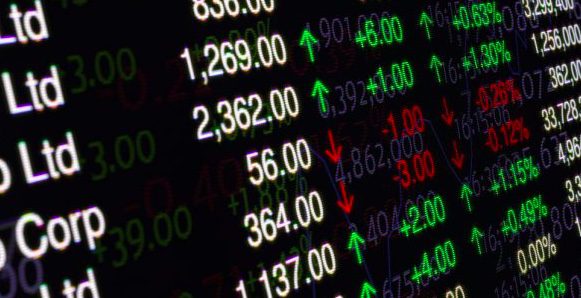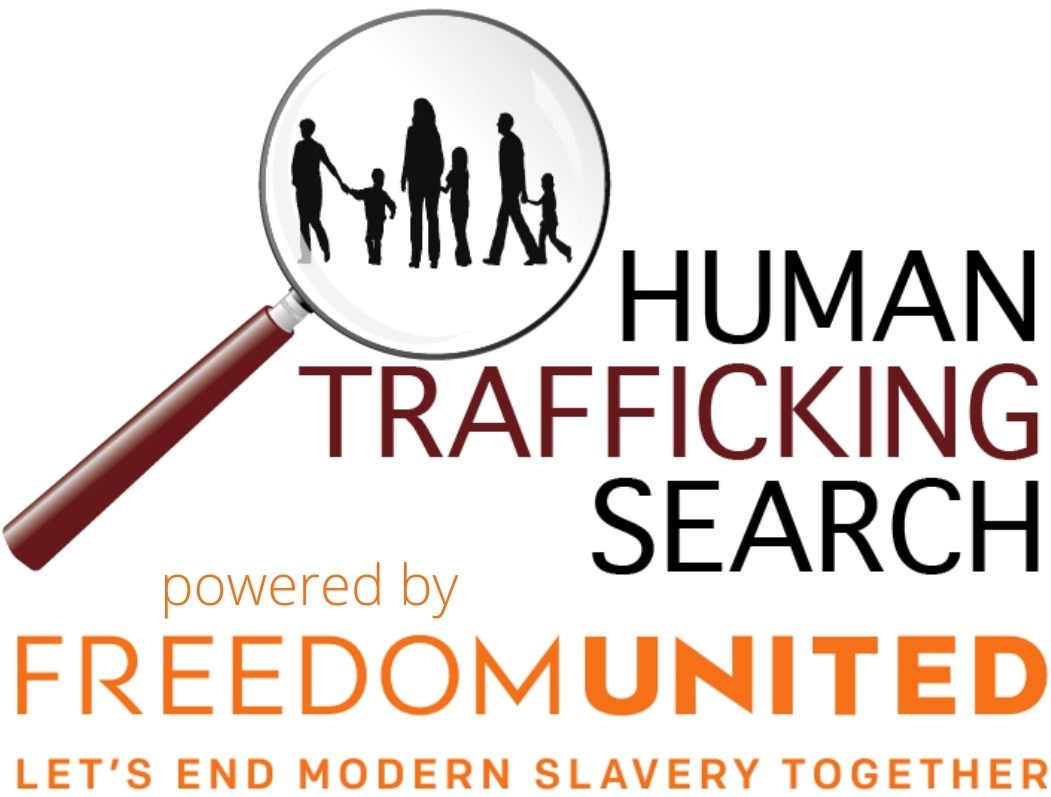
Ending forced labor- the right thing to do AND good for business
Forced labor remains a hidden yet widespread issue in global supply chains, affecting approximately 28 million people worldwide. While long understood as a gross violation of human rights, investors now recognize that it also poses serious financial, legal, and reputational risks to business.
With a growing body of legislation—including the EU’s newly passed Forced Labour Regulation, the U.S. Uyghur Forced Labor Prevention Act, and Canada’s Bill S-211—companies are increasingly under scrutiny for their role in perpetuating modern slavery. Products made with forced labor can now be banned from markets. Additionally, companies that fail to identify and mitigate these risks face criminal penalties and consumer backlash.
Ethics and economics: two sides of the same coin
Despite assumptions that forced labor might lower production costs, research suggests the opposite. According to Juliette Li of Morningstar Sustainalytics,
Ending forced labor could actually fuel economic growth, through demand effects and other impact channels.
This, combined with the fact that firms that engage in forced labor practices also face significant obstacles due to increasing regulatory pressure and societal scrutiny, makes it a pressing issue for investors.
The data is stark. In 2023, goods valued at $468 billion imported into G20 countries were at risk of being produced using modern slavery. And now, with companies found to be using forced labor risk production shutdowns, import bans, fines, and long-term reputational damage. More than 180 countries have ratified the ILO Forced Labour Convention, committing to ban such practices in law. Not only are enforcement laws growing, but investors are increasingly pushing for transparency.
